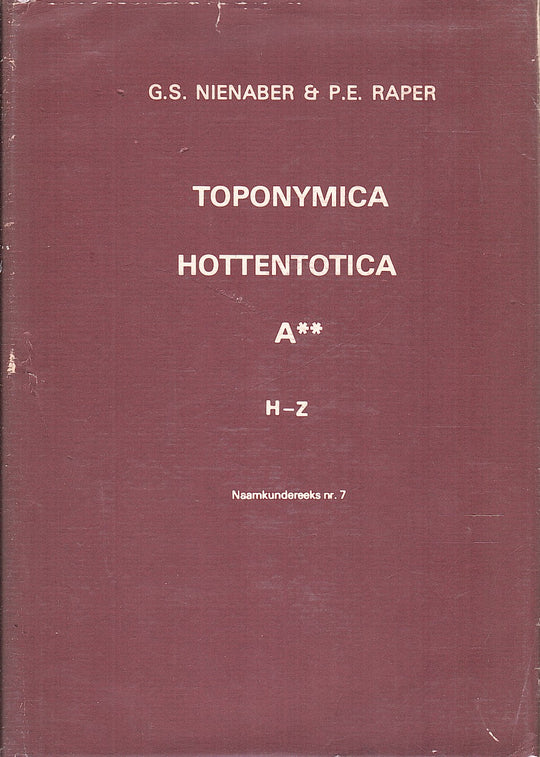Tsoaxaub
The quotes above relate to the river; Sometimes the name for the city or the place of security in the sea (Swakopmund) is also called poorly. A number of spelling variants were given, and there is more than here, eg. Knudsen writes the river name in his Nama reading booklet of 1845 as 'Zoachaub' and translates it with 'Rhein', who is an attempt by the old German missionaries for a troubling name transfer, even because they are the meaning of the Nama Word as ' Dealer 'knew and the use definitely disapproved. Of course, the Patriotic Rhine did not take. In our own resources we get the spelling 'Swakop' The first time in 1837, Andersson expressly claims that it is the shape that the whites gave it, and also Schultze confirm it. The verdict is an approximation of the ruling of the residents, a verdict that the old writers could not give well: until Dove (1900) there were a fifteen attempts or so recorded, but after that there comes a relative firmness , ie Besides the 'ballchildren' or illusive deformation 'Swakop' that is also included in the list of the APN, 'Tsoa-Xoub' or 'Tsoa-XAub' occurs as the good version of the namanam. Today, it is assumed that in the first component the current TSO-S = (o.a.) 'anus, bee hole' should be seen, although Dr Brincker thought of 'crooked'. Namawoorde with an affixative anlaut TS is never preceded by a suction consonant. The TSO is clearly recognizable in: SWA, ZWA, also in Tsway, Tswa, Tsawa, Schwa, Zoa, perhaps less Clearly in Chau-. It will be better if we want to judge the different versions such as 'allophones' rather than deviations from the current form. In the second member stitch the current Nama Word -xou, also heard as -exau, with the exit -b (-P) that can be summarized as a place indent of a river. Also, it is well reproduced with -Chaup, -ckaup etc, next to -Chap and -kop, but then the mitigation of the field -K or - x Determiniarizing in the writing methods --yawip, -yaup and -haub (at Schmelen and Small Champ), which makes one wonder if a transition stage has been detected in the process of develarisation; anyway, both pronunciation doors exist here, with or without field. The Nama XAU means coming from the TSA-S or 'AarGat', di 'eject, miss, wrapping'. The means S is then about '(such as a) with miss-smeared asset hole or back,' a condition involved on the consequential dirt as the river comes down and in the sea. Alexander's statement of the name with 'Bowels' is here with good will compatible ('the manure in the stomach'), that of McKiernan requires more stretchability, that of Brincker ('crooked / curved') very imagination. We now draw attention to the statement that Stevens 1877 gives Gourits (River), viz. as 'diarrhoea river', because the river is coming rapidly or unawares and then drains dirty like trees, mud and 'Debris'; For the derivation of xou = his need is done, and -ri- is verbal suffix for intensification or repetition, hence Xouri-understanding as abdominal trap. The agreement in view is indeed remarkable. Literature on this O.M. Besides H VEDDER 'QUELEN', PETTMAN 1931 SAPN, Nienaber PJ 1963 SAPW, especially still W Moritz 'Zur Geschichte und Bedeutung des on behalf of Swakop Und Sweeopmund', S.J., and Rautenberg 1967 Das Alte Swakopmund.
About this item
Identifier
Title
Alternative Title
Georeference Sources
Is Part Of
longitude
latitude
Measurement Accuracy
Notes about Name
Name in Khoekhoe or Nama
Source
Description
Literature on this O.M. Besides H VEDDER 'QUELEN', PETTMAN 1931 SAPN, Nienaber PJ 1963 SAPW, especially still W Moritz 'Zur Geschichte und Bedeutung des on behalf of Swakop Und Sweeopmund', S.J., and Rautenberg 1967 Das Alte Swakopmund.




